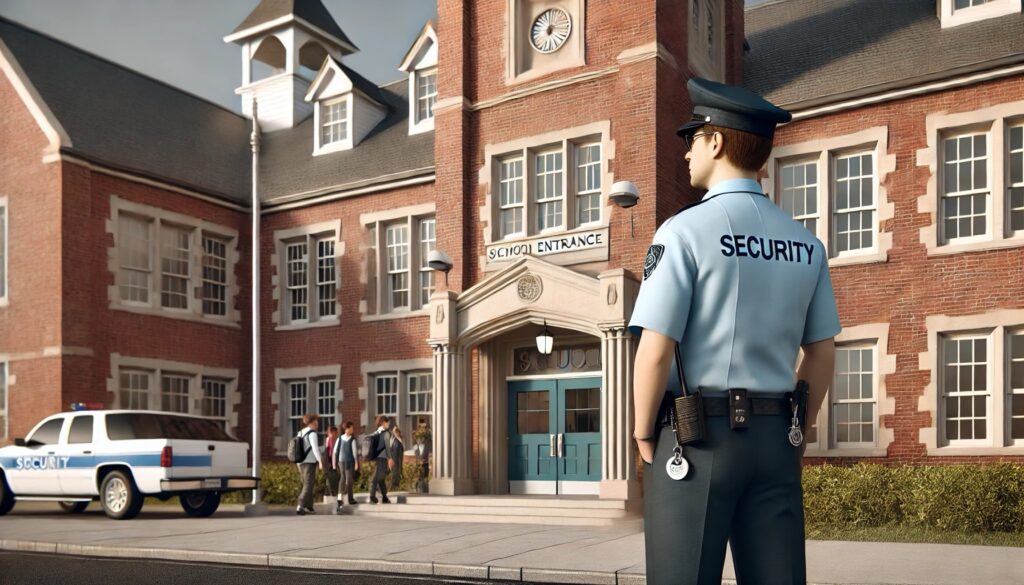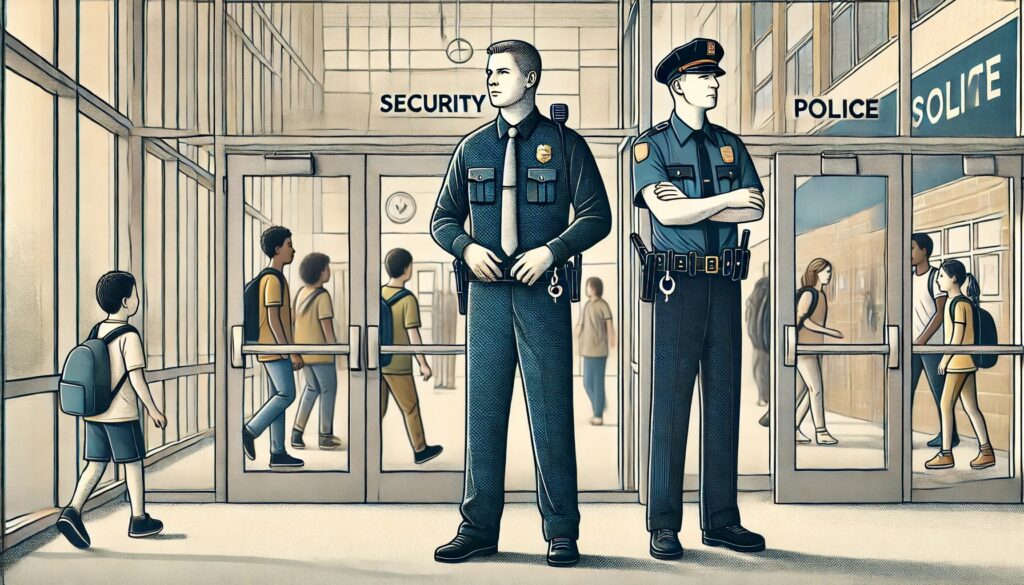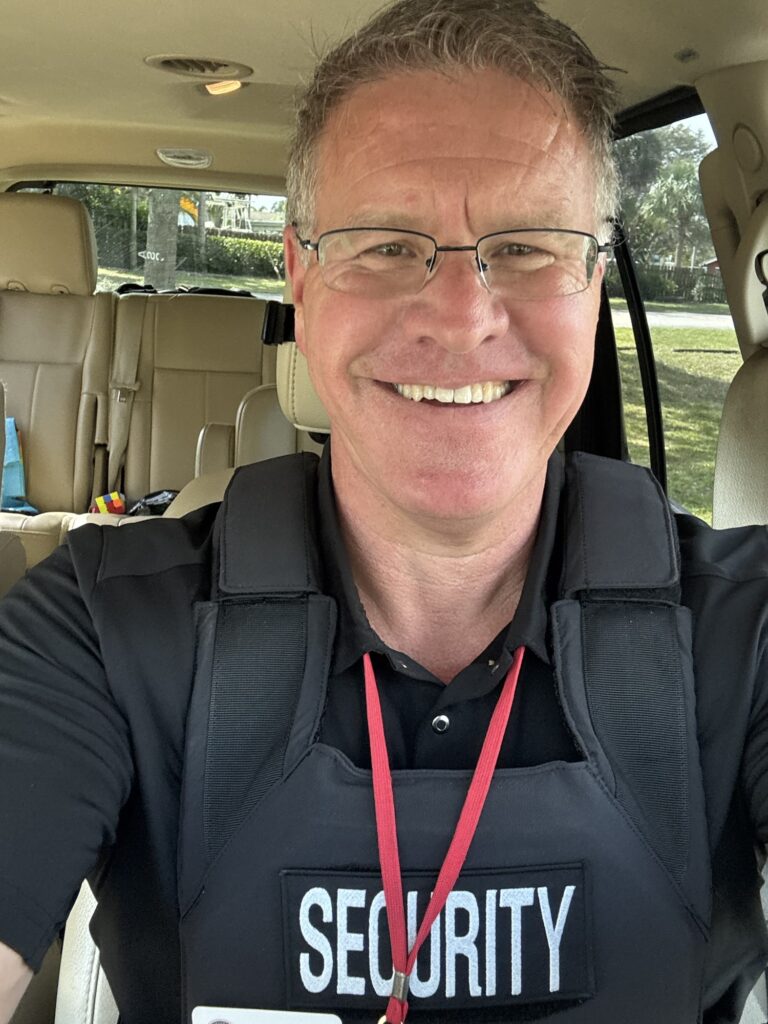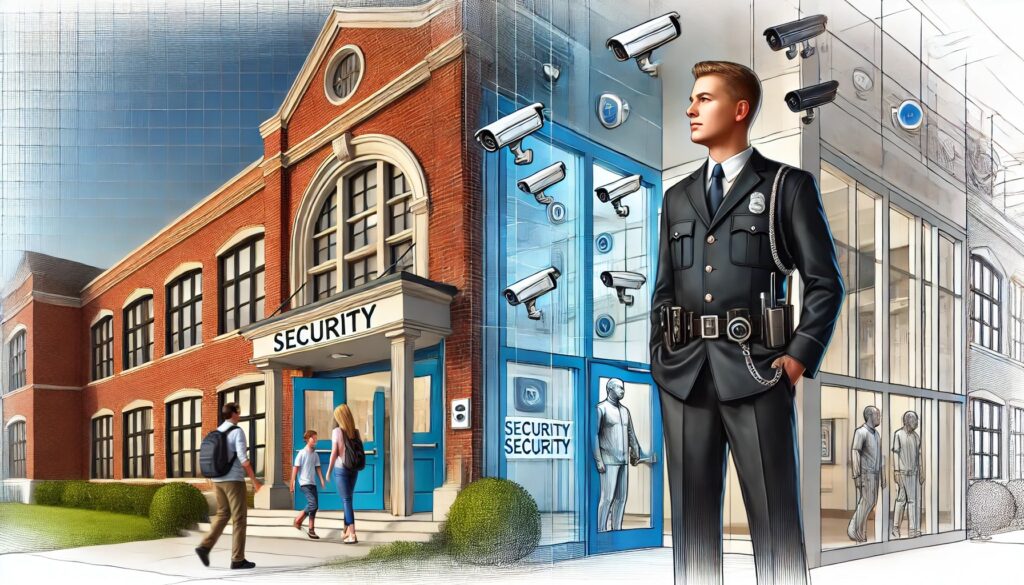
Every school claims that safety is a priority, but true security requires more than words—it demands action, training, technology, and a proactive mindset.
At the heart of Gold Standard Security is one simple but powerful commitment: “Not Our Kids.”
✔ Not our kids left vulnerable to preventable threats.
✔ Not our kids caught in a security failure due to outdated policies.
✔ Not our kids harmed because of untrained staff or ineffective access control.
When a school adopts Gold Standard Security, it is making a serious, unwavering pledge that security will not be left to chance. It means eliminating weak points, investing in prevention, and ensuring that safety measures are fully integrated, tested, and enforced.
In this post, we’ll define what Gold Standard Security truly means, why the “Not Our Kids” mindset matters, and how schools can build a layered security system that protects students before a crisis ever occurs.
What Is Gold Standard Security?
Gold Standard Security is not just having a security guard, cameras, or emergency drills—it’s a comprehensive approach that ensures schools are protected at every level.
A Gold Standard School Security Plan includes:
✅ Proactive Security, Not Just Response
Most schools have emergency plans for what to do after something happens—but Gold Standard Security focuses on stopping threats before they reach students. This means:
✔ Conducting regular security audits to identify and fix vulnerabilities.
✔ Implementing strict access control policies to keep intruders out.
✔ Training staff and students in situational awareness and crisis response.
Gold Standard Insight: Security should never start at the moment of attack—it should prevent an attack from ever occurring.
Security Personnel: Trained Defenders, Not Just Presence
A visible security presence is important, but trained professionals who know how to prevent, engage, and neutralize threats are essential.
Schools often assume that having a security guard or school resource officer (SRO) is enough—but without specialized school security training, these personnel may not be equipped to handle active threats effectively.
Gold Standard Security Personnel:
✔ Security guards trained in school-specific defense and access control.
✔ Staff trained in emergency response and situational awareness.
✔ A strong partnership with law enforcement for rapid coordination.
✅ Best Practices: Ensure ongoing training so security personnel and staff remain prepared for evolving threats.
🔹 Gold Standard Insight: A well-trained security team is a school’s first and most important line of defense.
Layered Security: A System, Not a Single Fix
Many schools rely on just one or two security measures, such as locked doors or cameras. Gold Standard Security is about layering multiple defenses together so if one fails, another is in place to stop the threat.
Key Layers of School Security:
✔ Controlled entry points with keycard or biometric access control.
✔ Visitor management systems that require ID verification.
✔ Surveillance cameras actively monitored, not just recording.
✔ Emergency notification systems that alert staff, students, and first responders instantly.
✔ Physical security measures like reinforced doors, security glass, and fencing.
✅ Best Practices: Schools should regularly test and update their security layers to ensure they are fully functional and effective.
🔹 Gold Standard Insight: Security isn’t a one-size-fits-all solution—it must be a fully integrated system working together to stop threats.
A Culture of Preparedness, Not Complacency
Many schools fall into security complacency—believing that because nothing has happened, nothing will. Gold Standard Security means constantly refining security procedures, training, and preparedness efforts.
How to Build a Culture of Security:
✔ Regular emergency drills to prepare staff and students for real scenarios.
✔ Frequent security policy reviews to adjust for new threats.
✔ Involving the entire school community—teachers, parents, students, and local law enforcement—in safety initiatives.
✅ Best Practices: Security is not a one-time fix—schools must evaluate and improve constantly.
🔹 Gold Standard Insight: Complacency is the greatest enemy of school security. A prepared school is a protected school.
Why “Not Our Kids” Matters
The “Not Our Kids” mindset isn’t just a slogan—it’s a serious commitment to doing everything possible to prevent violence and keep students safe. It means:
✔ Refusing to accept weak security measures.
✔ Investing in training, technology, and personnel.
✔ Prioritizing prevention, not just response.
✔ Creating a school culture where safety is everyone’s responsibility.
✅ Best Practices: Schools must adopt a zero-tolerance approach to security gaps and take proactive steps to ensure all safety measures meet Gold Standard Security levels.
🔹 Gold Standard Insight: Schools must operate as if every decision impacts student safety—because it does.
Final Thoughts: No School Should Settle for Less Than Gold Standard Security
Every student deserves to be safe. Every parent deserves peace of mind. Every educator deserves a secure workplace.
Gold Standard Security ensures this by making prevention, training, and layered security systems the foundation of school safety.
✔ Security must be proactive, not just reactive.
✔ Personnel must be trained to prevent, engage, and neutralize threats.
✔ Security systems must be integrated, not just installed.
✔ A culture of preparedness must replace complacency.
The bottom line: “Not Our Kids” is a commitment that schools must take seriously. Security must be non-negotiable.
Next Steps for School Security Leaders
🔹 Assess your school’s current security posture—are you truly prepared?
🔹 Invest in well-trained personnel and integrated security systems that prevent threats.
🔹 Create a culture of preparedness where security is part of daily operations.
🔹 Adopt the “Not Our Kids” mindset—accept nothing less than Gold Standard Security.
🚨 Gold Standard Security isn’t about reacting to tragedy—it’s about ensuring it never happens in the first place.


